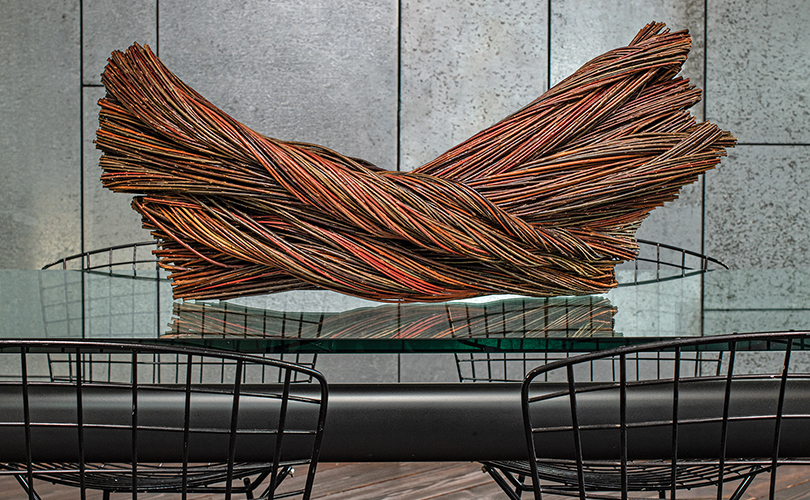
The holiday season is upon us. Beginning with Diwali, winding its way through Thanksgiving, Hannukah, Christmas, Kwanzaa, Boxing Day, and probably others, we’ll arrive at the promise of a New Year. We wish you many celebrations, satisfying meet-ups with family and friends, and moments of cozy comfort and joy over the next few weeks.

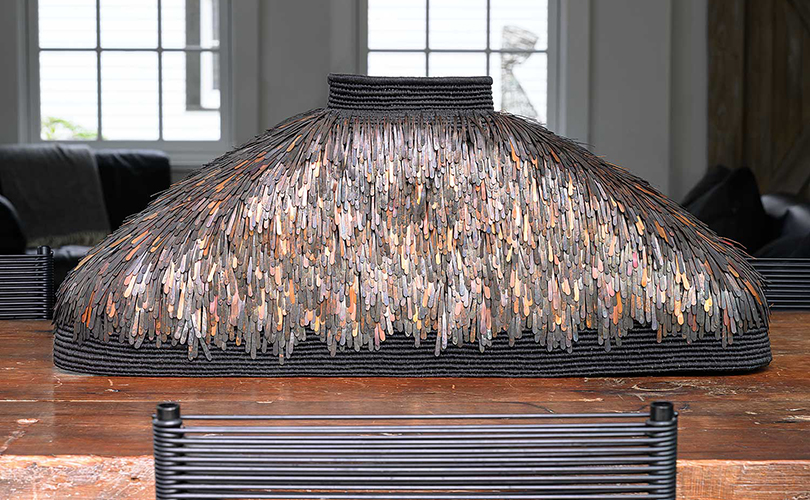
Many of those festivities will include food and drink and maybe games and they’ll take place around a table. On many of those tables there will be a centerpiece of some kind — flowers, candles, and often a work of art. In that spirit, we present several artworks that can grace a a table as well as a pedestal or shelf.
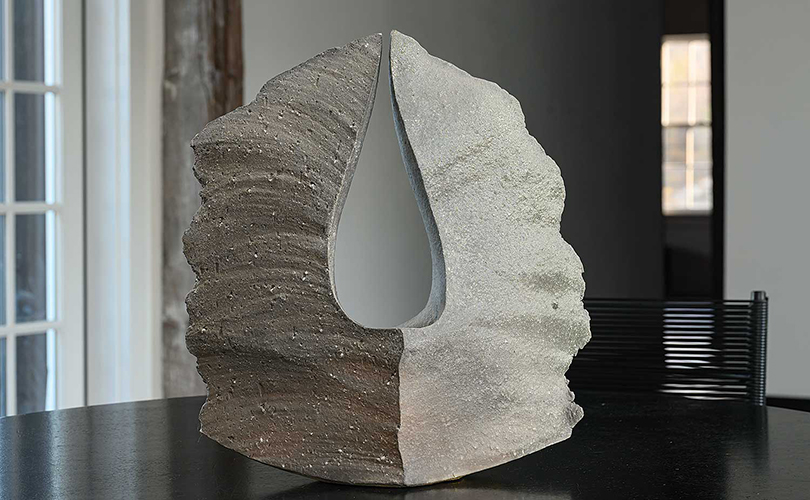

A browngrotta arts, we’ve been considering the transformative power of objects all Fall, their capacity to invoke memory and meaning. Our An Abundance of Objects exhibition can be seen in a Viewing Room on Artsy beginning November 22nd. Like those in The Domestic Plane: a New Perspective on Tabletop Art at the Aldrich Museum in 2019, the items in Abundance celebrate “the hand as means of creation, a formal frame of reference, and for the viewer, a source of both delight and tension …” And sometimes, they enhance our lives just by being beautiful. We wish you a season of as much beauty as you can muster.

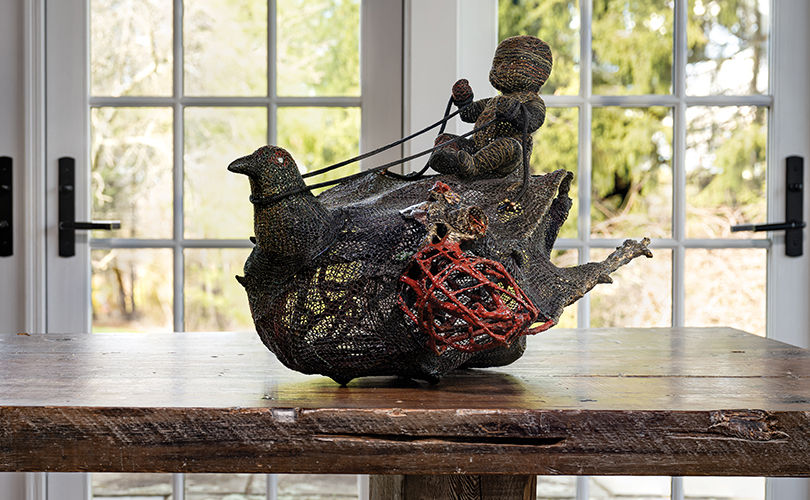





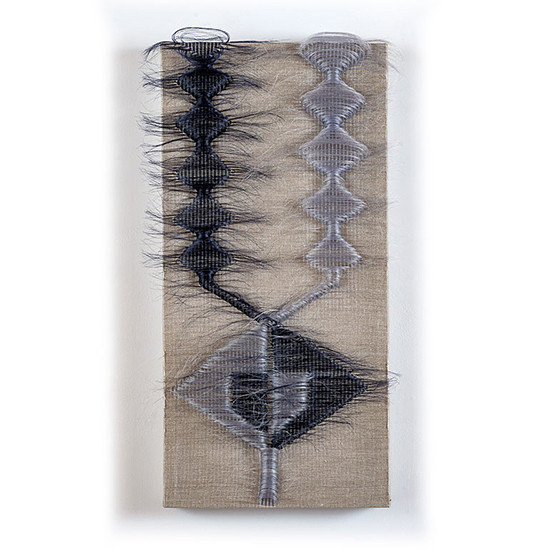

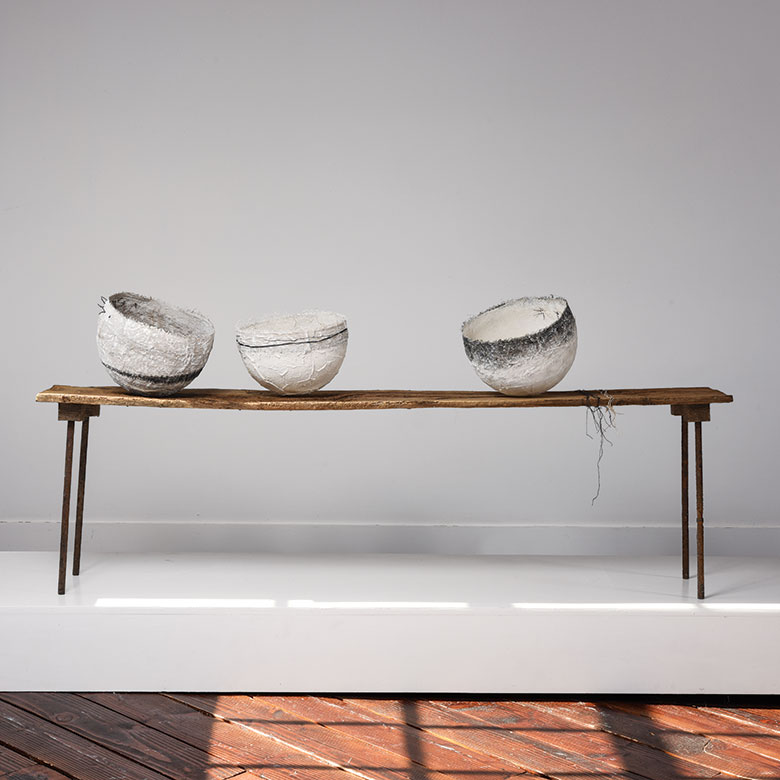

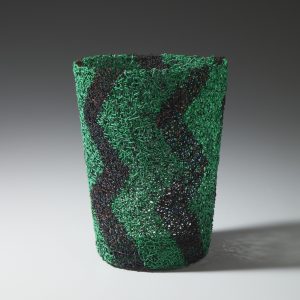


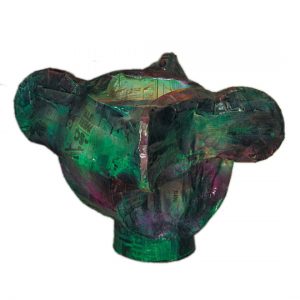





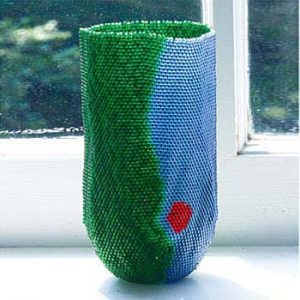
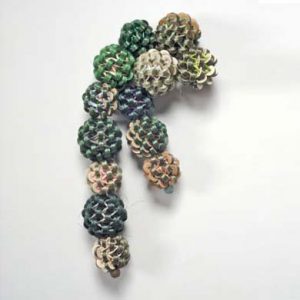
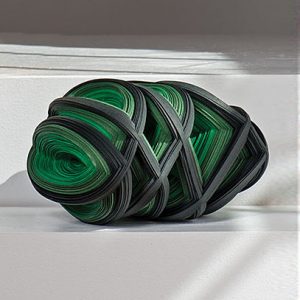



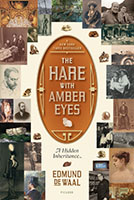
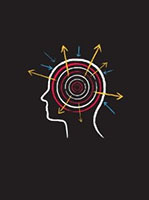
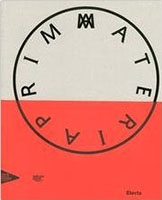
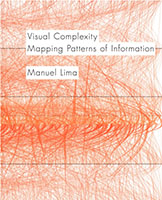 Randy Walker
Randy Walker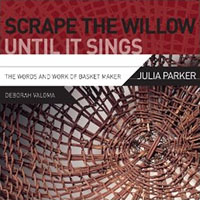 And From
And From 
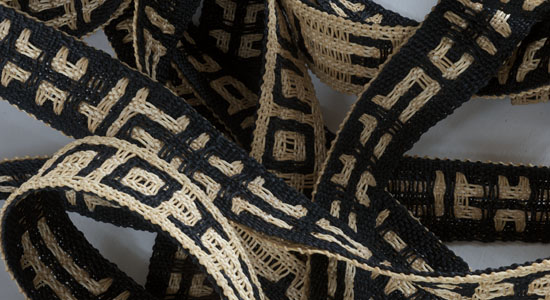


Books Make Great Gifts 2011: Artist Recommendations
This year we asked the artists we represent just one question:
What was the most enjoyed/most inspirational book you read this year?? Here are their wide-ranging replies:
The Absolutely True Diary of a Part-Time Indian by Sherman Alexie, illustrated by Ellen Forney (Little, Brown; National Book Award) . This is a semi-autobiographical novel by award-winning author, poet and film-maker, Sherman Alexie. Alexie has been named one of Granta’s Best Young American Novelists and has been lauded by The Boston Globe as “an important voice in American literature.” He is one of the most well-known and beloved literary writers of his generation, with works such as Reservation Blues and War Dances. He also wrote the screenplay for the film, Smoke Signals, based on a short story from his book, Lone Ranger and Tonto Fistfight in Heaven. In his novel, Alexie tells the heartbreaking, hilarious, and beautifully written story of a young Native American teen, Arnold, as he attempts to break free from the life he was destined to live. Arnold’s drawings illustrate the book.”
Sensual Relations by David Howes (University of Michigan) is Deborah Valoma’s recommendation.